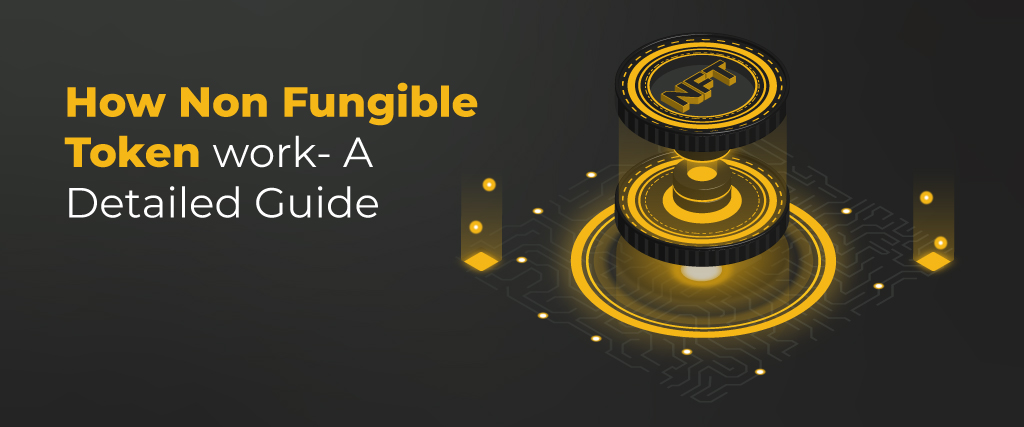How Non Fungible Token work - A Detailed Guide

One of the most amazing pieces of technology ever created is the Non Fungible Token. To establish ownership of digital assets, NFTs are utilized. The NFT and cryptocurrency-enabled currency boom are eerily reminiscent of the tulip bubble. Online marketplaces are selling anything from art to music using decentralized money. The artist and media industries are a big source of business for non-fungible token development organizations. The NFT is also applicable to real estate. If NFT is worth its cost is a common question. Or is it just another piece of earlier hype? Like the dot-com bubble and the Beanie Baby bubble, according to some business investors, the NFT bubble was inflated for commercial gain. Some people think NFTs will endure for a long time and permanently alter how people invest.
What is NFT?
The other type of digital asset is the non-fungible asset token, which is a separate digital asset. Whose ownership can be monitored on NFT blockchain developments like Ethereum? Fungible assets or fungibility refers to an item or an asset that has the potential to trade or get exchanged with a comparable type of asset or thing. NFTs, or non fungible tokens, are digital assets, a type of certificate authority for the possession of goods, or an asset that represents a variety of tangible and intangible things, such as artwork, virtual properties, postcards, movies, and so on. Since each non fungible token asset is unique in its own right, NFTs cannot be reproduced or compared to a related asset.Reason Behind NFT’s Sudden Popularity
 The NFTs have been utilized throughout time in a wide range of businesses, and they are now frequently referred to as Ethereum Tokens based on ERC-721.
The NFTs have been utilized throughout time in a wide range of businesses, and they are now frequently referred to as Ethereum Tokens based on ERC-721.
NFTs are now well-liked for their incredible features, including:
● Because the entire NFT database is securely recorded in the blockchain, it is impossible for the tokens to ever be taken out, destroyed, or duplicated. ● NFTs' primary source of value is their rarity. Although NFT developers can create a limitless amount of tokens, this is done on purpose to preserve their value. ● NFTs cannot be converted into smaller denominations like Bitcoins since they are completely indivisible. ● NFTs can be easily traced to their genuine owner thanks to the capabilities of blockchain, which eliminates the need for third-party verification forever.How do NFTs work?
Tokens such as Bitcoin and ERC-20 tokens built on Ethereum are fungible. Platforms like CryptoKitties and Decentraland use the ERC-721 non-fungible token standard for Ethereum. On other blockchains with smart contracts enabled, non-fungible token creation tools and support are also available. Although Ethereum was the first to be extensively used, the ecosystem is growing, and more blockchains are supporting NFTs, such as Solana, NEO, Tezos, EOS, Flow, Secret Network, and TRON. Detailed properties can be added, such as the owner's identity, rich metadata, or secure file links, using non-fungible tokens and their smart contracts. The ability of non fungible tokens to unchangeably demonstrate digital ownership is a crucial development for a world that is becoming more and more digital. They may envision using blockchain's promise of trustless security for the possession or trade of virtually any asset.
